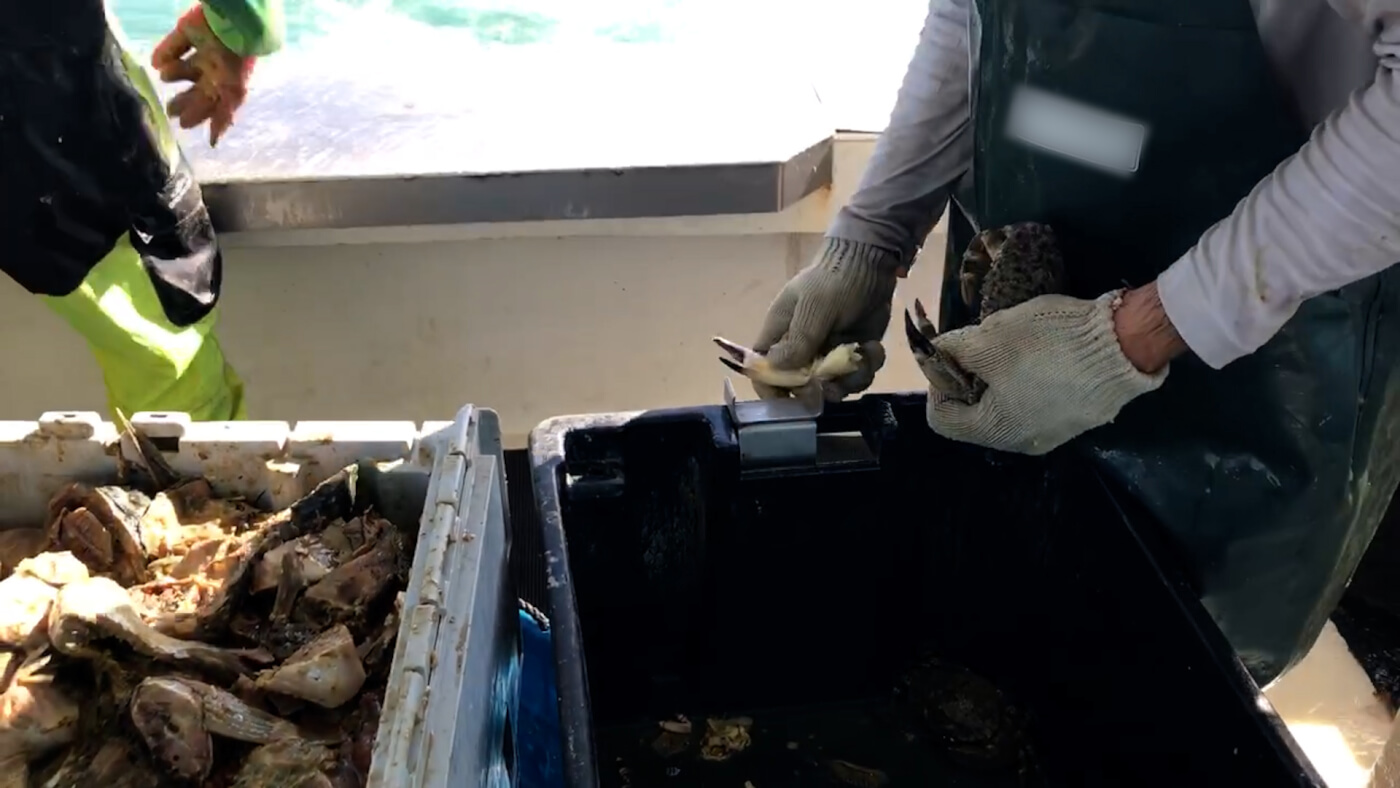PETA, or People for the Ethical Treatment of Animals, has long stirred a mix of admiration and controversy in its relentless pursuit of justice for animals. One of the organization’s most notable tactics is the implementation of undercover investigations. These clandestine operations aim to unveil the hidden realities of animal exploitation within industries that many consumers do not often see. But what actually happens within these investigations, and do they genuinely fulfill their mission of fostering change?
Undercover investigations serve as a potent tool in the arsenal of animal rights advocates. By immersing themselves in environments that typically obscure the truth—such as factory farms, laboratories, and fur farms—PETA’s investigators document the real-time actions and conditions faced by animals. The motivation behind these inquiries is not merely to sensationalize suffering but to expose systemic cruelty that often goes unnoticed. Hidden cameras capture shrouded realities, illuminating a world where animals endure unspeakable acts of violence and neglect.
One might argue that such investigations are a necessary evil. Without direct intervention, the status quo often remains unchallenged. PETA’s various exposés have triggered significant public outcry and have led to tangible shifts in practices across multiple industries. When released, the footage from these investigations often goes viral, compelling consumers to reassess their purchasing decisions. This phenomenon speaks to the power of informed choice—a cornerstone of ethical consumerism that seeks to create a ripple effect of compassion.
However, the method of employing covert tactics is not without its detractors. Critics often question the ethical implications of infiltrating businesses under false pretenses. They argue that such measures could endanger the relationships between advocates and those working in these industries. In response, proponents assert that the urgency of the message outweighs the means used to obtain it. This dichotomy raises essential questions about the ethics of activism and whether the ends truly justify the means.
Beyond ethical considerations, the repercussions of these investigations are profound. Once the hidden truths are laid bare, they can evoke profound societal change. In a notable case, PETA’s efforts led to the closure of multiple puppy mills that were notorious for their inhumane breeding practices. The stark contrast between the idyllic images often presented by pet stores and the grim conditions discovered through these investigations starkly illustrates the power of transparency. The fallout was not merely local; animal welfare regulations in certain regions have since evolved in response to public pressure ignited by such revelations.
Moreover, these investigations often serve as catalysts for broader discussions surrounding animal rights. They have the potential to engage the public in critical conversations about food production, pharmaceutical testing, and clothing industries, leading to a reevaluation of dietary preferences and lifestyle choices. As consumers become more educated about the implications of their purchasing decisions, there emerges a collective responsibility—a mandate to choose compassion over convenience.
It is also essential to recognize how PETA’s investigations are not isolated incidents. They represent a broader strategy of using empirical evidence to highlight injustices. This empirical approach amplifies the credibility of claims being made within the animal rights movement. Videos and photographs serve as tangible proof, forcibly pushing society to confront uncomfortable truths long ignored. Skepticism in response to activist claims is frequently met with the undeniable reality presented through visual documentation.
However, the emotional weight of these investigations can lead to desensitization among the audience. When traumatic images of animal suffering inundate our feeds, viewers may experience fatigue, leading them to disengage. Therefore, accompanying these investigations with actionable steps becomes crucial. Educating the public on how to initiate change in their own lives—whether through adopting a plant-based diet, supporting cruelty-free brands, or advocating for legislative changes—can empower individuals to transform moral outrage into impactful action.
Furthermore, it is vital to consider the implications for the targets of these investigations. When companies are confronted with damning evidence, they face the choice to either reform their practices or risk reputational destruction. In some instances, businesses have responded by adopting more humane policies—a testament to the efficacy of public scrutiny. Nonetheless, there remains a contingent that resists such reforms, often dismissing the findings as exaggerated or misrepresented. This reluctance poses an ongoing challenge for advocates who persist in their mission to facilitate reforms in entrenched systems.
The role of media coverage cannot be overlooked in this context. As stories circulate within various realms—digital, print, television—the platform that amplifies these messages can significantly influence public perception. Media narratives can shift from being merely sensationalist to contributing to a nuanced understanding of animal rights issues when accompanied by expert testimonies and data-driven insights, thereby fostering a more informed discourse.
In conclusion, PETA’s undercover investigations, while fraught with ethical dilemmas and potential backlash, represent an escalating response to animal cruelty. These endeavors encapsulate the tension between advocacy and ethics, as well as the undeniable power of transparency in the fight for animal rights. Engaging with the findings of these investigations invites a necessary contemplation of our role as consumers, advocates, and empathetic beings. Ultimately, they serve as a poignant reminder that expecting the animal suffering to halt without direct intervention is an untenable proposition. Only through fierce visibility and unrelenting advocacy can society begin to alter its trajectory toward a more humane future where compassion reigns supreme.










